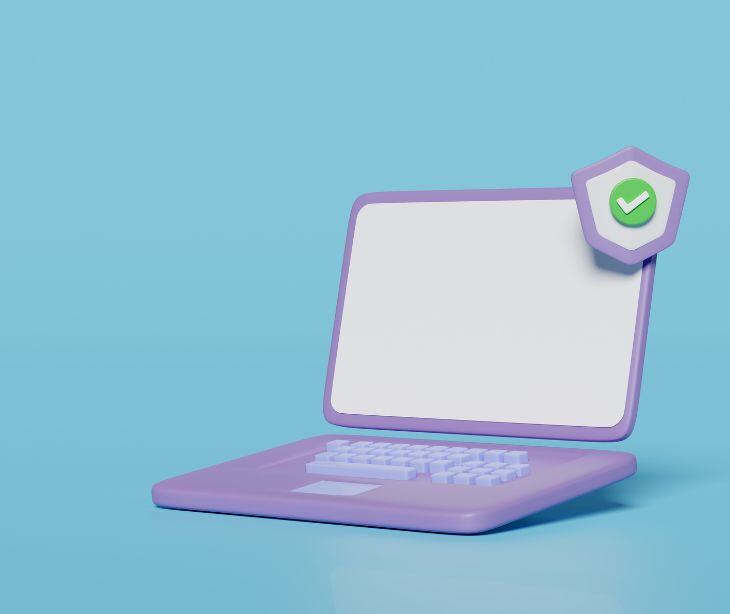
Covered entities must use HIPAA compliant emails to prevent compliance mistakes that result in severe penalties, including fines and reputational damage.
What is HIPAA compliance?
The Health Insurance Portability and Accountability Act (HIPAA) of 1996 is a federal law that protects patient privacy and security.
HIPAA mandates covered entities (healthcare providers, health plans, healthcare clearinghouses) and their business associates to implement safeguards for patients' protected health information (PHI).
Furthermore, HIPAA violations can result in severe penalties, including fines, criminal charges, and reputational damage, as evidenced by the February 2024 Change Healthcare ransomware attack.
What are the most common HIPAA mistakes?
According to IT service provider Online Computers, these are the most common compliance issues covered entities make:
- “Not encrypting digital records,
- Not providing HIPAA training to employees,
- Not disposing of PHI properly,
- Not undertaking regular organizational risk analysis,
- Denying or exceeding the timescale to provide patients access to their health records.”
How to prevent these mistakes
Use an encrypted emailing platform
Covered entities must use advanced encryption methods to prevent interception and misuse. These encryption methods encode emails, so only authorized individuals with a decryption key can unlock and read the contents.
HIPAA compliant emailing platforms, like Paubox, automatically encrypt all outgoing emails, making them unreadable to unauthorized individuals during transit and at rest.
Offer HIPAA training
Untrained staff can make mistakes that compromise patient privacy and data security.
Covered entities must regularly train their staff on HIPAA compliance. They can also use HIPAA compliant emails to send staff training reminders and updates, reinforcing compliance.
Properly dispose of PHI
Covered entities must securely delete or destroy PHI to prevent accidental breaches.
HIPAA compliant emailing platforms can offer automatic archiving and secure deletion options to help covered entities securely dispose of PHI.
Additionally, covered entities should develop a PHI disposal policy that includes document destruction, electronic data disposal, and employee responsibilities.
Conduct HIPAA risk assessments
Covered entities must do regular risk assessments to identify and address potential vulnerabilities in their data security. These risk assessments are typically done every year, or when there are changes to the entity’s operations or technology, or as HIPAA regulations evolve.
Furthermore, HIPAA compliant emails provide audit trails to help covered entities track access and monitor unusual email activity.
Grant patients access to PHI
HIPAA mandates that patients have timely access to their health records. Covered entities can use HIPAA compliant emails to streamline patient access to health records.
Additionally, these emails can help covered entities document PHI requests, maintaining a record for compliance verification.
FAQs
What is a covered entity?
A covered entity is a healthcare provider, health plan, or healthcare clearinghouse that handles protected health information (PHI).
Can covered entities share PHI without patient consent?
PHI can only be shared without patient consent for treatment, payment, and healthcare operations or when required by law.
What are patient rights under HIPAA?
Patients have the right to access, request corrections, and obtain a copy of their protected health information (PHI). Patients can also request an accounting of PHI disclosures, file complaints, receive electronic copies, opt out of certain uses, and must be notified of PHI breaches.
Subscribe to Paubox Weekly
Every Friday we'll bring you the most important news from Paubox. Our aim is to make you smarter, faster.




